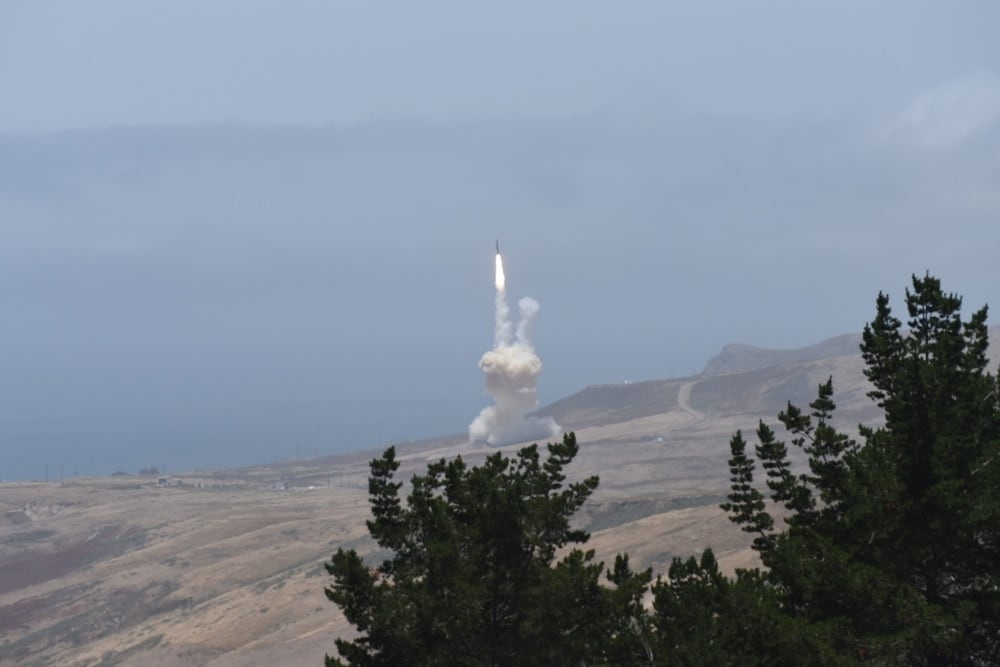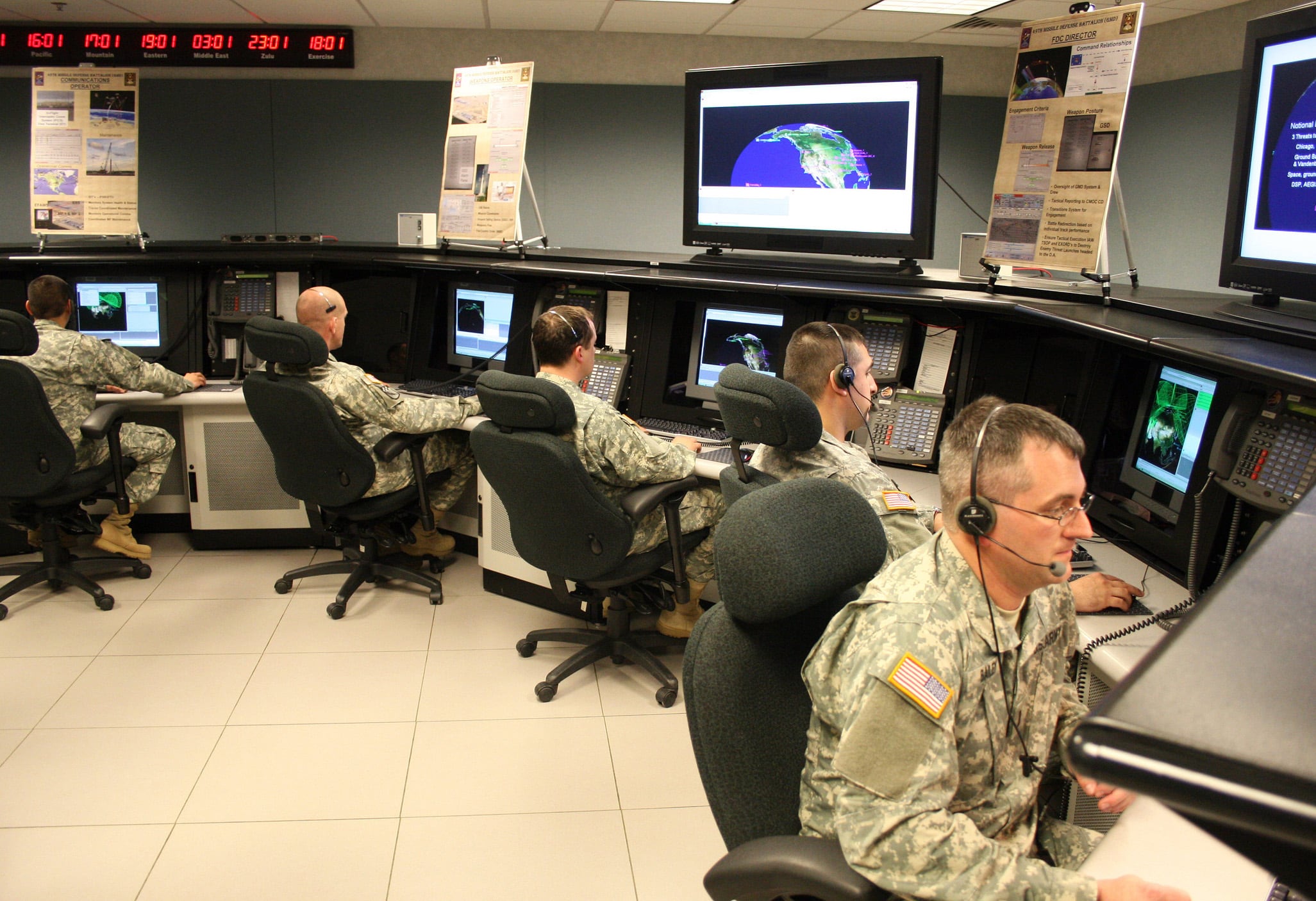WASHINGTON — As fear of missiles from North Korea and Iran reaching U.S. soil heighten, Congress wants to ensure what is already on the ground at Fort Greely, Alaska, and Vandenberg Air Force Base, California, can defeat threats now and into the future.
The conference report of the fiscal year 2018 defense policy bill authorizes the defense secretary — subject to what is appropriated — to increase the number of ground-based interceptors by up to 28.
The 44th and final GBI — under the current requirement — for the GMD system was put in place at Fort Greely Nov. 2.
RELATED

The Pentagon and the MDA have indicated in recent months a serious move to build up beyond 44 interceptors. In September, the Pentagon proposed reprogramming $136 million in fiscal 2017 to start raising the number of ground-based interceptors from 44 to 64 in a new Missile Field 4 at Fort Greely. The boost was part of a $416 million reprogramming request targeting missile defense needs.
And the White House submitted a supplemental budget request for FY18 on Nov. 6 that asked for further funding to increase the number of ground-based interceptors by 20 and to build an additional missile field at the Alaska base.
The conference report requires the defense secretary to develop a plan to increase the capacity, noting the currently available space in the missile fields could fit 104 GBIs. The secretary should also draft out a plan for future capacity at any site identified in the BMDR.
By the end of calendar year 2021, the Pentagon must execute any construction required to ensure the missile fields at Fort Greely or alternative missile fields there are capable of supporting and sustaining additional interceptors, the report states.
And the legislation requires the Pentagon to deploy up to 20 additional GBIs at Fort Greely “as soon as technically feasible.”
The Pentagon will have 90 days after the date the ballistic missile defense review is published to submit a report on options to increase the capacity, capability and reliability of the Ground-Based Midcourse Defense system and infrastructure requirements for increasing the number of GBIs “in currently feasible locations across the United States.” The BMDR is due by the end of the year and is meant to be an all-encompassing look at the current and future ballistic missile defense posture to keep pace against anticipated threats, particularly from North Korea and Iran.
That Pentagon report should detail potential sites from existing to new sites on the East Coast or Midwest to accommodate 104 GBIs.
Congress required MDA to study three possible additional GMD sites in its fiscal 2013 National Defense Authorization Act and the MDA was set to choose a preferred site by the end of 2016. However, with the launch of the BMDR, that process has been on hold.
RELATED

In choosing an additional site, Congress states in the conference report, that the Pentagon must consider strategic and operational effectiveness, including having “the capability to provide shoot-assess-shoot coverage to the entire continental United States.”
While capacity is on the rise, Congress also said the Pentagon must ensure the reliability and capability of the current system and its ongoing upgrades.
Lawmakers will withhold up to $50 million for the GMD system until the MDA submits written certification to congressional defense committees that the risk of mission failure of the GBI’s enhanced kill vehicle “due to foreign object debris has been minimized,” the report states.
Jen Judson is an award-winning journalist covering land warfare for Defense News. She has also worked for Politico and Inside Defense. She holds a Master of Science degree in journalism from Boston University and a Bachelor of Arts degree from Kenyon College.






